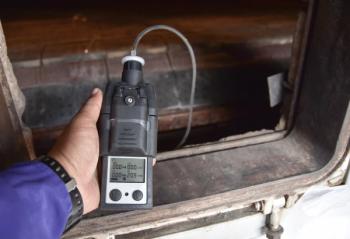
Raman Spectroscopy to be Used for European Mission to Mars
Madrid-based National Institute for Aerospace Technology, a public research organization specializing in aerospace research and technology development, will contribute to the ExoMars mission to Mars in 2018, with an instrument that uses Raman spectroscopy.
Madrid-based National Institute for Aerospace Technology, a public research organization specializing in aerospace research and technology development, will contribute to the ExoMars mission to Mars in 2018, with an instrument that uses Raman spectroscopy. The mission is led by the European Space Agency with contributions from Russia. Its objectives are detecting possible evidence of past or present life on Mars, and to garner insights into the history of water on the planet.
The Institute for Aerospace Technology will use this technology on a compact, yet highly efficient Raman spectrometer instrument for the mission. Fernando Rull is the principal investigator for this project.
Once the ExoMars rover is on Mars' surface, a drill in the rover will collect samples up to two meters beneath the Martian surface. The samples will be crushed into a fine powder and studied inside the rover's analytical laboratory.
“The Raman laser spectrometer will be used to analyze these samples, obtaining information about their mineralogy and chemical composition, and detect possible organic compounds” said Gerald Heidt, CEO of Wasatch Photonics, whose company made the high-performance, volume phase, holographic gratings that are used to create this spectrometer.
Newsletter
Get essential updates on the latest spectroscopy technologies, regulatory standards, and best practices—subscribe today to Spectroscopy.





